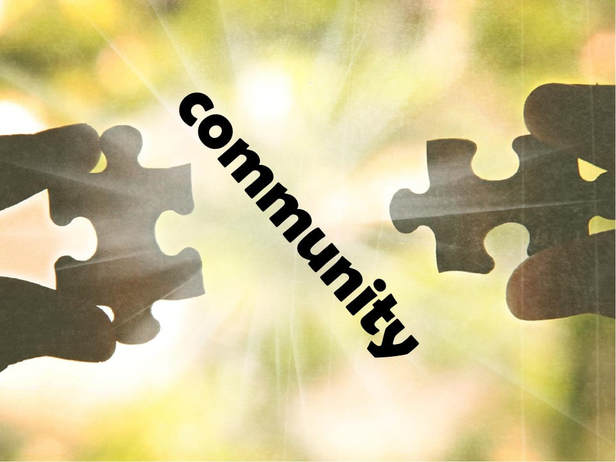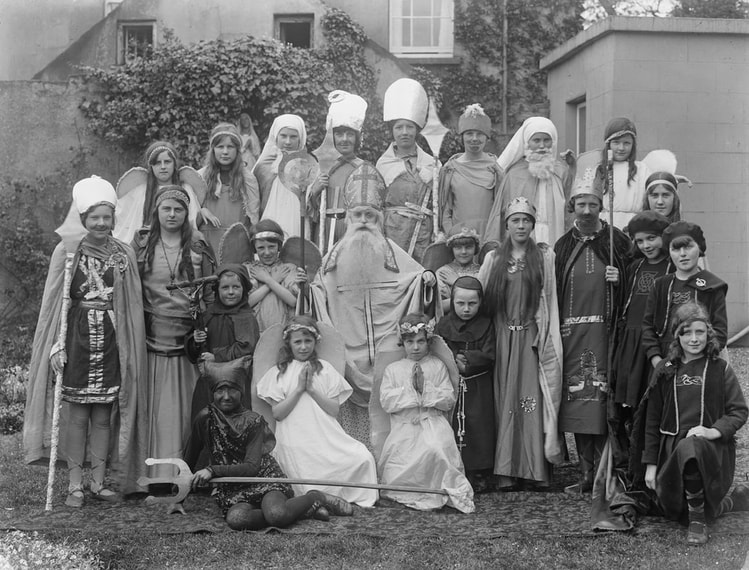This is the first of several blogs dedicated to the idea of koinonia. Faith communities are in decline. Many of them are on the verge of closing for good. I’m preaching a series this summer on how to define and build community. As a companion to the series, I’m publishing a weekly blog post that reflects my thinking from the weekly sermon series. I’m challenging the congregation to develop a hypothesis for defining and developing community. I’ve invited them to run experiments this summer to see if their hypothesis and theories about defining and developing community are accurate. I’m extending the same invitation to you. Please share your thinking in the comment section below and on social media. #koinonia.
God observed, “It’s not good that the human is alone.” (Genesis 2:18) Science has confirmed what the Almighty has declared. Humans do not do well when they are alone. Dr. John Cacioppo, Dr. Steve Cole and others have observed a connection between one’s perception of loneliness and elevated levels of inflammation. It turns out that the body is not simply marshaling inflammatory agents only to respond to invasive bacteria or virus. When feeling lonely, the inflammatory agents are on high alert before any invasion takes place. This means that psychological observations are getting under the skin to regulate inflammation at the level of the genes. Perceiving oneself as lonely leads to physical, psychological and behavioral problems, all connected to an increase in inflammation. It is not good to be alone, indeed!
Faith communities support individuals and families who feel isolated. And yet, the very institution that creates a sense of community has become a declining community. Is it a coincidence or correlation that there is a decline in membership and a rise in loneliness? Other institutions are trying to do something about it. In England, the government has labeled loneliness as a health crisis.
Sighting numerous health studies, British Prime Minister Theresa May appointed a minister of loneliness in 2018. In a statement she wrote, “For far too many people, loneliness is the sad reality of modern life.” It is not good for the human to be alone. We are social creatures. But if we are social creatures, wired for relationships, why are so many people feeling lonely?
Modern humans are more connected than ever. Next to my laptop that I’m using to type this blog is my cell phone. I am accessible literally 24 hours a day, seven days a week. Unless I turn off my cell phone (which I only do to reboot after a system failure), anyone can theoretically reach me at any time of the day and from any place in the world. I recently traveled to Hong Kong and my hotel gave me a phone to use during my stay. I was completely accessible, even in Hong Kong!
With smart technology, I can see and know what is happening at any moment at any point in the world. In real time, I can watch events anywhere on earth and even in the heavens if a digital camera is pointed there. It is now possible for someone to listen and watch a conversation anywhere on land, sea or sky if there is a smartphone in that location. It is a marvel of modern technology.
But if we are more connected, why are we so lonely? Where is the disconnect? That answer has to do with the intensity of our connectedness.
When war broke out around the world, one hundred years ago, you read about it in the newspaper and probably saw a couple of pictures in print. Today, war and natural disasters are experienced by the world’s population in real time. You experience shocks, screams, crying and injuries as they occur. And then the sights and sounds are replayed over and over again.
Technology is intensifying our connectivity. If you read something on Facebook about immigration, you are then exposed to hundreds of comments, all of which are intense. This kind of connectivity is exhausting. So, when it’s time to connect with the people we know, the intensity of all this connectedness spills over into our everyday relationships.
There is wide variation when it comes to individual responses to world events. This has to do with one’s family and how over the generations the family has responded to fear and anxiety. I’ll have more to say about this in the weeks to come.
So, what's missing from these social media platforms? What's missing from the discussions about loneliness and our inability to build community? What’s missing is personal responsibility.
Being in community with others is about being responsible for self. When it comes to building community, no one else will build it for us. One must see it as their responsibility to build koinonia. This has been one of the problems with how we train leaders. Congregational leaders have relied on outside “experts” and coaches to tell them “how” to build community. Leaders need to do the important work of defining and building a community for themselves.
No one knows how to build community outside of their community. No template works in every setting. Sure, there are some congregations, in various parts of the world, who are building vibrant and thriving congregations. But none of it is transferable. The reason? The answer is not in the content of the community. The answer is in the process of building community. Congregational leaders need to embrace a process of exploring, experimenting, observing, and designing community. It is a process of trial and error that never stops.
I invite you to start a research project on koinonia. What does it take to bring a group of strangers together and build koinonia? Let’s begin with a hypothesis. What does it take to build a community? What are the components that are necessary? What are the environmental factors? What will leaders need to do? Are there beliefs, principles, etc. that are important for building a community?
After you clarify your hypothesis, run your experiment. Bring people together who don’t know each other. Observe what happens. What works? What doesn’t work? What goes well? How will you measure the progress? What factors will you be looking for and observing? Is your hypothesis accurate? How might it need to change? How can you continue your experiment passed on a new or updated hypothesis?
I am interested in the experiments you plan to run this summer. What is your hypothesis? What experiments will you be running? Send me a note or make a comment below. Use the hashtag #koinonia on social media.



 RSS Feed
RSS Feed